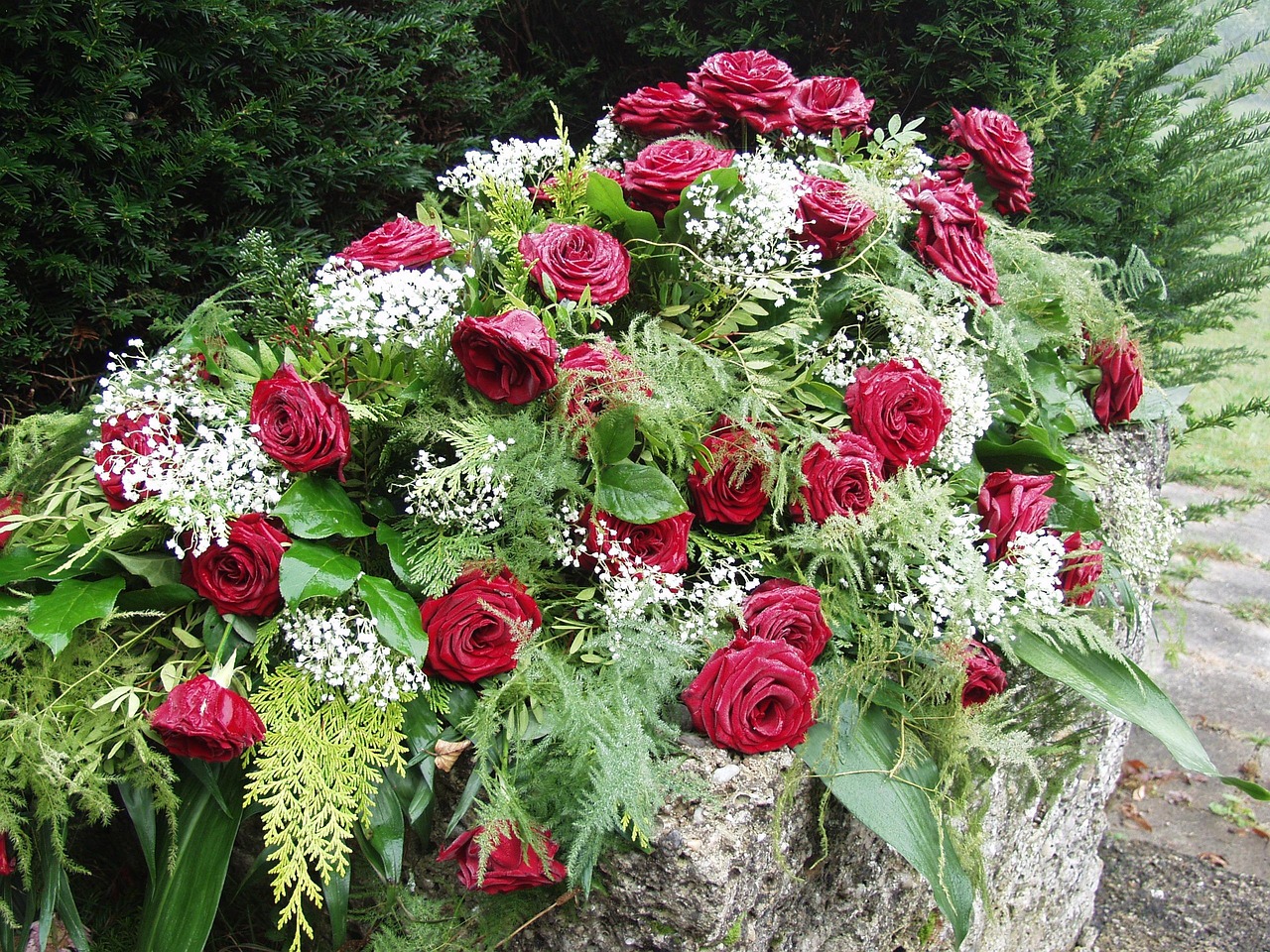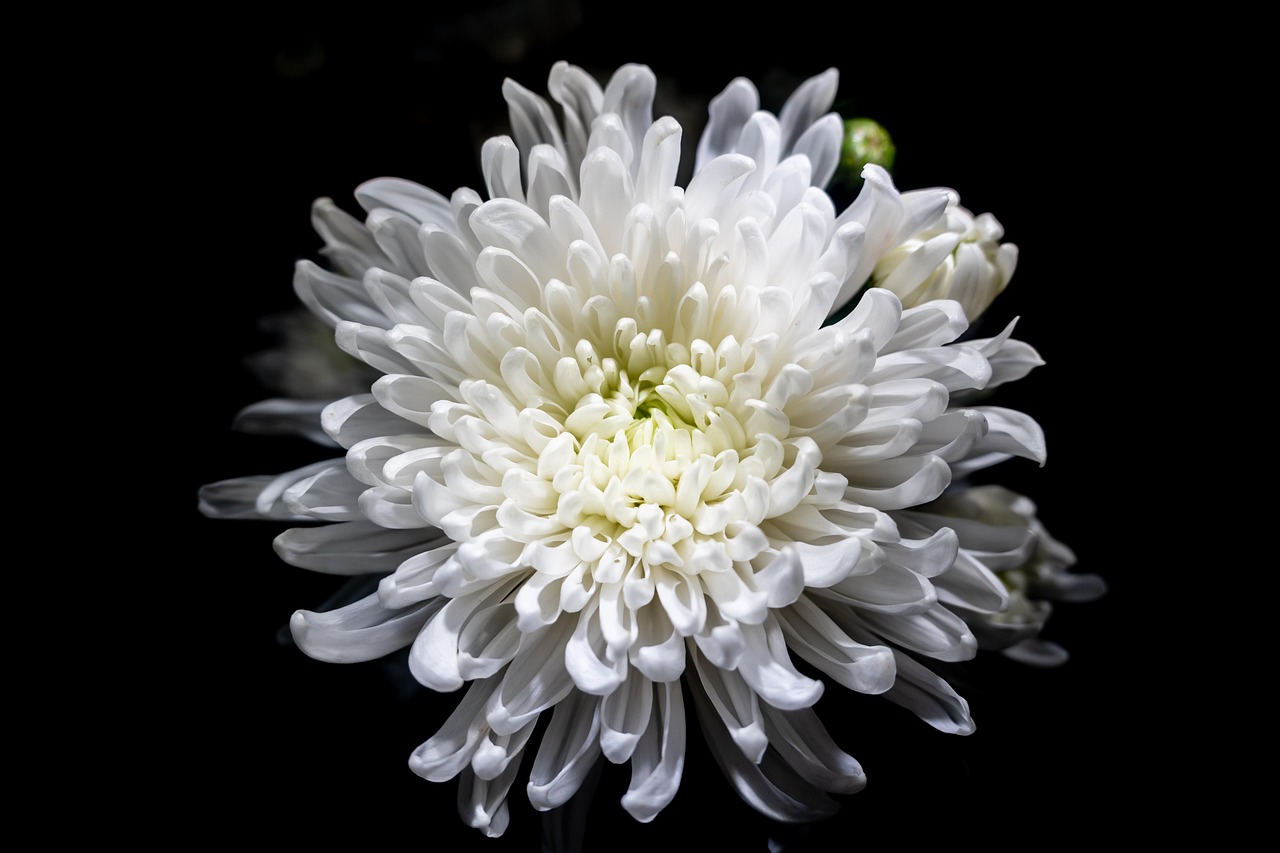Flowers in February
Flowers in February bring a quiet but hopeful burst of colour and life to the often chilly and grey landscape of early winter. While February is typically still a time of cold and dormancy in many parts of the world, certain flowers manage to make an appearance, signalling that spring is on the horizon. Whether they are bold blooms breaking through the frost or delicate petals braving the remaining chill, February flowers offer a refreshing glimpse of warmer days to come.
The Resilience of Early Bloomers
February is a month that represents transition. While some places are still gripped by winter’s chill, others are already beginning to warm up as spring approaches. For flowers, this means that a few species have evolved to bloom early, often despite cold temperatures, snow, and frost. These early bloomers show a remarkable resilience, able to withstand the harsh conditions and burst into life at the first opportunity.
Some of the most recognizable flowers of February include snowdrops, crocuses, and hellebores. Snowdrops (Galanthus nivalis), often considered the heralds of spring, are among the first flowers to appear, sometimes even poking through the snow. Their delicate white flowers are a symbol of hope, reminding us that even in the coldest months, life is still moving forward.
Crocuses, another early bloomer, add vibrant colours to the landscape. With shades of purple, yellow, and white, these flowers are like nature’s cheerful greeting to the warmer seasons. Crocuses grow in clumps and can be found in gardens, woodlands, and even in meadows, offering a patch of colour to otherwise drab winter settings. Crocuses are hardy, and their flowers often open wide in the sun, providing a stark contrast to the stillness of winter.
Hellebores, also known as Lenten roses, are another flower that blooms in February. With their nodding blooms in shades of purple, pink, or green, they offer a touch of elegance and complexity. Hellebores thrive in shaded areas and are valued for their ability to bloom when few other plants do, making them a favoured choice for gardeners in colder climates.
The Role of Winter Gardens
In many parts of the world, gardens in February are still dormant. However, some gardeners purposefully plant varieties of flowers that bloom in the winter months, creating a “winter garden” to provide a source of colour and texture when much of the landscape is bleak. For instance, winter jasmine and witch hazel are popular choices for adding early blooms.
Winter jasmine (Jasminum) is known for its bright yellow flowers, which stand out boldly against the bare branches of the shrub. It blooms as early as late January or February, offering a ray of sunshine during the darker months. Similarly, witch hazel (Hamamelis spp.) has striking, spidery flowers in shades of yellow, orange, or red. The flowers have a fragrant scent and appear on bare stems, making them particularly attractive to early-season pollinators like bees.
In colder climates, plants such as pansies and primroses can be grown in pots or planted along garden beds, providing a vibrant display of colour even in the frigid temperatures of February. These flowers are hardy enough to handle a light frost and often bloom early in the season, bringing cheer to the garden at a time when much of the flora is still sleeping.
Symbolism and Significance of February Flowers
Beyond their beauty, flowers that bloom in February carry symbolism and meaning. Snowdrops, for instance, have long been associated with purity and hope. In many cultures, these flowers are seen as a sign of renewal and rebirth, heralding the end of the harsh winter months and the promise of spring. Their appearance often signifies the resilience of life itself, reminding us that even in the most difficult times, beauty and growth can emerge.
Crocuses, too, hold symbolic meaning. They are often seen as symbols of cheerfulness and joy. In ancient Greece, crocuses were associated with the goddess Hera, who was believed to have sent them as a gift of love. Today, the crocus continues to represent the hope of renewal, with its bright colours serving as an uplifting reminder that spring is on its way.
In addition to the flowers themselves, February is a time when Valentine’s Day celebrations bring flowers to the forefront of people’s minds. Roses, the quintessential symbol of love, are often gifted during this month. However, beyond roses, other February flowers are also steeped in symbolism. For example, the violet—which blooms in late winter—has long been a symbol of modesty, faithfulness, and loyalty. These meanings, tied to flowers blooming in February, contribute to the larger picture of the month as one of renewal, love, and hope.
The Importance of February Flowers for Pollinators
February flowers are not only important for humans in terms of aesthetic enjoyment and symbolic meaning, but they also play a critical role in the early ecosystem. Many pollinators, especially bees, emerge from hibernation during this time, and flowers that bloom in February provide an early food source. Without these early blooms, pollinators would struggle to find nourishment in the first weeks of spring. Flowers like snowdrops and crocuses offer nectar to these essential creatures, allowing them to regain strength after their long winter dormancy.
In sum, flowers in February may not be as numerous or as diverse as those found in the full bloom of spring or summer, but they play an important role in the life cycle of the natural world. They are symbols of resilience, hope, and renewal, brightening the landscape when it is most needed and giving us a glimpse of the warmer days to come. Whether for their beauty, their symbolism, or their contribution to the ecosystem, these early bloomers are an integral part of the transition from winter to spring.



